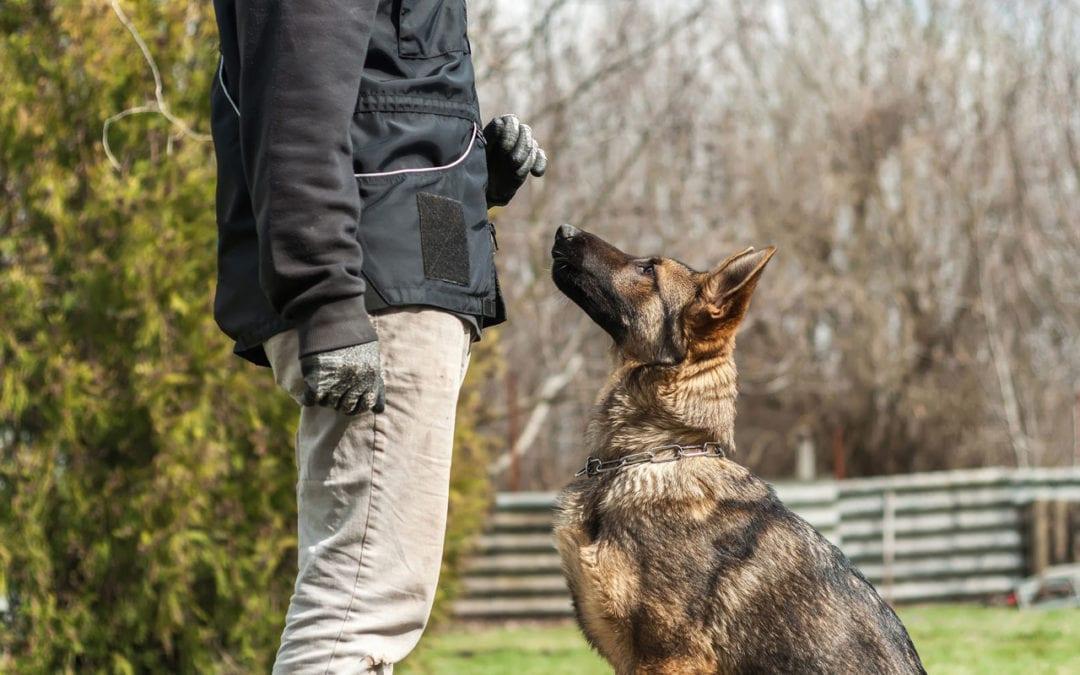Keeping your beloved canine companion safe and secure is a top priority for any dog owner, and preventing your furry friend from escaping the yard is a crucial part of that responsibility. While dogs are naturally curious and adventurous creatures, their escapades can lead to dangerous situations, both for them and others. In this article, we’ll explore practical and effective strategies to ensure your dog remains happily contained within the boundaries of your yard. With a blend of preventive measures and understanding your dog’s needs, you can create a secure environment that allows them to enjoy their outdoor time safely. Let’s embark on this journey to enhance the safety and happiness of your four-legged family member.
Understanding Your Dogs Motivation for Escaping
Before tackling the issue of your dog’s daring escapes, it’s crucial to understand what drives this adventurous spirit. Dogs may be motivated by various factors that compel them to test the boundaries of your yard. Curiosity often tops the list, especially if there’s something intriguing on the other side of the fence, like a neighboring pet or a bustling street. Boredom can also push your furry friend to seek out new adventures, especially if they lack adequate mental and physical stimulation.
Here are some common motivations for dogs attempting to escape:
- Separation Anxiety: Dogs may try to flee to find their owners if they are left alone for extended periods.
- Mating Instincts: Unspayed or unneutered dogs may roam to find a mate.
- Hunting Drive: The sight or smell of wildlife can trigger a dog’s natural hunting instincts.
- Fear or Stress: Loud noises, such as thunderstorms or fireworks, might provoke a flight response.
Understanding these motivations can help you tailor your approach to keeping your dog safe and secure, ensuring their needs are met while preventing those escape attempts.
Creating a Secure and Stimulating Environment
To ensure your furry friend feels both safe and entertained within your yard, it’s crucial to balance security with stimulation. Start by inspecting your fence for any weak spots or gaps that might tempt a curious pup. Reinforce these areas with durable materials, like chicken wire or wooden panels, to keep escape artists at bay. For extra peace of mind, consider installing a secure gate latch that only humans can operate.
While safety is essential, so is creating an environment that satisfies your dog’s natural curiosity and energy. Incorporate engaging elements such as:
- Interactive toys that dispense treats.
- Designated digging areas filled with soft soil or sand.
- Obstacle courses made from safe, dog-friendly materials.
These features not only keep your dog entertained but also encourage them to stay within the boundaries of your yard, reducing the urge to roam. Remember, a content dog is less likely to seek adventures beyond the fence.

Training Techniques to Encourage Staying Within Boundaries
Keeping your dog safe and secure within the boundaries of your yard is essential for their well-being and your peace of mind. Here are some effective training techniques to help your furry friend understand and respect the limits of their play area:
- Boundary Training with Visual Cues: Start by walking your dog on a leash around the perimeter of your yard. Use flags, ropes, or other visual markers to clearly define the boundaries. As you walk, reinforce the boundary line with verbal cues like “stay” or “wait.” Reward your dog with treats and praise whenever they stay within the set limits.
- Positive Reinforcement: Encourage your dog to play within the yard by making it an exciting and rewarding space. Provide toys, treats, and plenty of affection when they remain within the boundaries. This creates a positive association with staying in the yard, making it less likely for them to wander off.
- Recall Training: Practice calling your dog back to you from various distances within the yard. Use a consistent command, such as “come,” and reward them generously when they respond promptly. This not only reinforces boundary training but also strengthens their recall skills, which are invaluable for their safety.
With patience and consistency, these techniques can help ensure that your dog learns to enjoy their outdoor time safely and responsibly.

Choosing the Right Fencing and Barriers
When it comes to keeping your furry friend safe and sound in your yard, selecting the right fencing and barriers is crucial. The ideal choice will depend on your dog’s size, agility, and determination. Chain-link fences are a popular choice due to their durability and effectiveness, especially for larger dogs. For smaller breeds or less adventurous canines, a picket fence might suffice, providing a charming aesthetic without compromising on security.
Consider incorporating additional barriers if your dog is a skilled escape artist. Invisible fences can be a great option, offering a boundary without obstructing your view. However, these require training and may not work for every pet. Wooden fences offer both privacy and a robust barrier, but make sure they are high enough to prevent jumping and check for gaps that could allow squeezing through. For a more tech-savvy solution, explore smart fences that can alert you when your dog gets too close to the boundary. Whichever option you choose, ensure it aligns with your dog’s personality and energy levels to keep them safely contained and happy.

